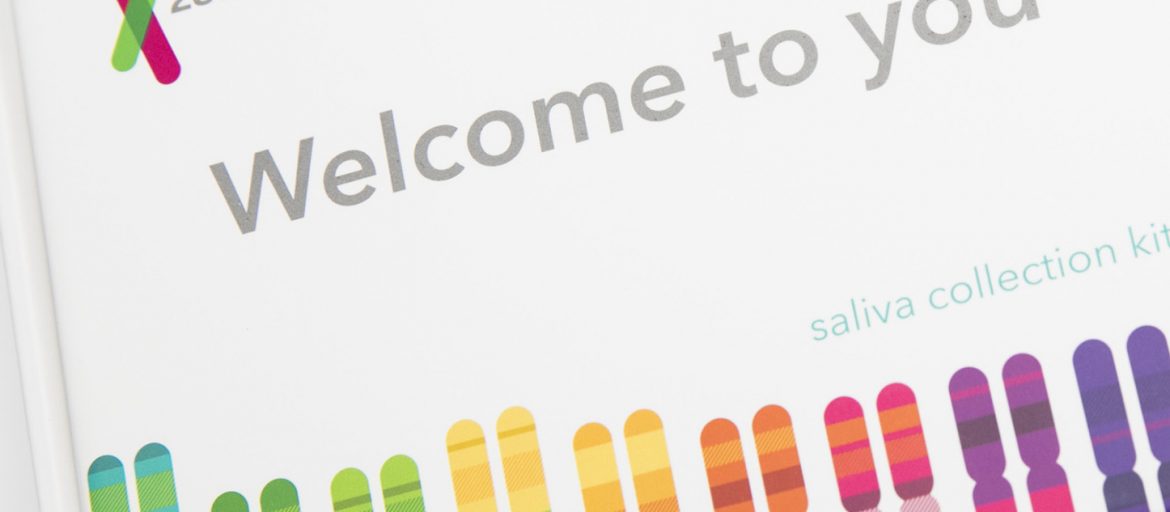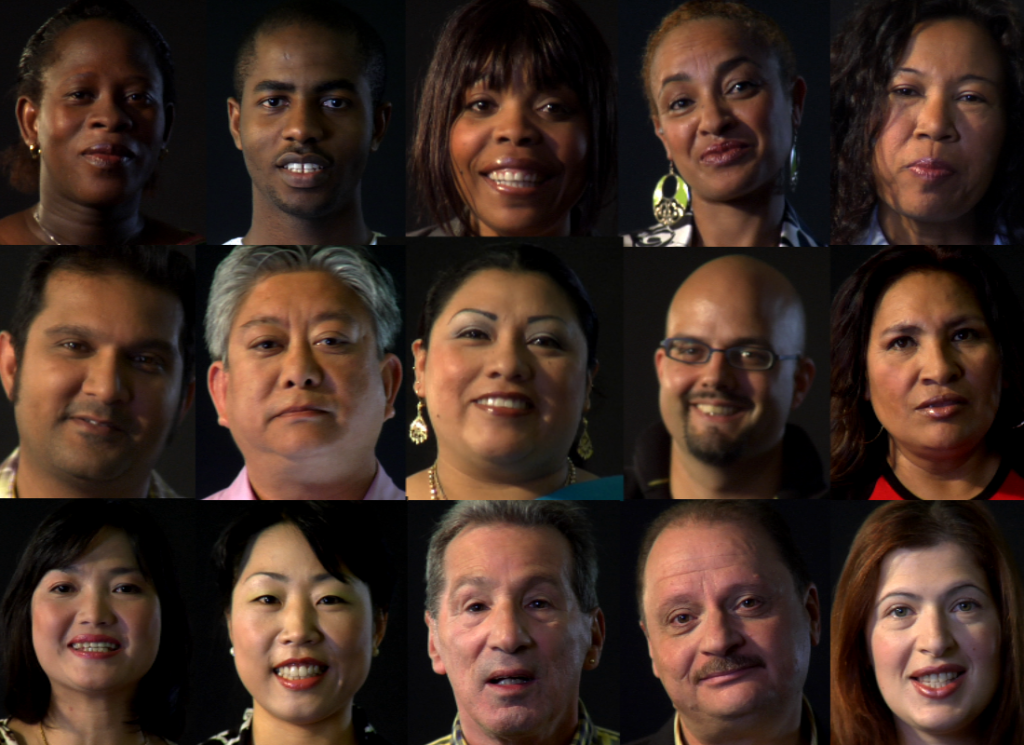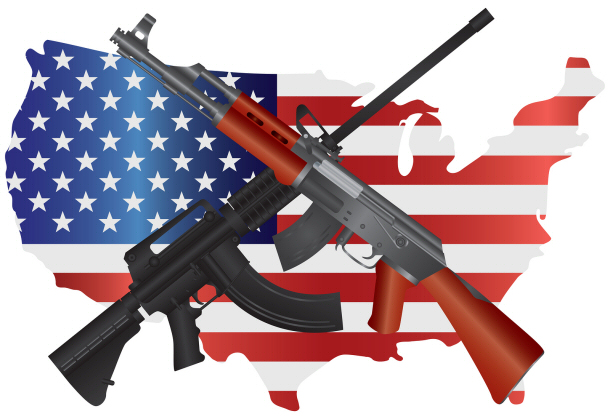
Like every other American, I have long wondered about my origins. Being a nation of immigrants presents challenges to tracing our roots. At some point, they stretch back to foreign soil, to places that most of us will never have the chance to visit. So, the ancestral trail can run cold quickly.
Genetic Testing
When I learned about the new field of genetic testing, I felt intrigued by the desire both to know more about myself and the science behind genetic testing. Several companies now offer genetic testing to the public, thanks to breakthroughs in sequencing and analyzing the human genome. They fall into three categories:
• Ancestry
• Medical
• Both
I chose 23andMe because they provide both ancestral and medical DNA analysis. They are one of the few genetic testing companies that have gained FDA approval to conduct medical tests and provide medical information based on genetics. Though my ancestry was the primary motivator to get tested, I also wanted to know more about my medical history, not so much for my own well-being, which is fortunately healthy, but for that of my children and grandchildren, who might inherit a genetic condition from me. Some people prefer to remain in the dark about their genetic health risks, thinking that ignorance is bliss. As an educator and life-long learner, I’d rather know the brutal facts than be in the dark.
So, I ordered my test kit, spit in the test tube as directed and dropped it off in the mail. Six weeks later, I got an email informing me that my results were ready for viewing on the company’s secure website.
I plan to describe my results in two parts: ancestry and medical, since each reveals fascinating, but quite different, results and insight on our being. This blog will focus on ancestry first, since it was my initial motivation to be tested. An upcoming blog will address the medical side of genetic testing.
My Family Tree
Based on what I knew about my family’s history, I expected to be primarily Irish, English and Scottish. This was based not only on my parents and grandparents’ backgrounds, but on a historical record that has survived the centuries. I have the good fortune of having contemporaneous records of my particular twig of the Ford family tree dating to 1828, when my Irish great3 grandfather kept a diary of his voyage from Glasgow, Scotland to Montreal, Canada, from whence he migrated to upstate New York, bought a farm and raised a family of Fords in the little, friendly town of Friendship, the very same place where my father was born nearly one hundred years later. The diary was handed down from Ford father to son until I received a copy. Most of my Ford ancestors are interred in the Friendship town cemetery.
I also knew quite a bit about my mother’s side of my ancestry because my grandmother was the Rushford, NY town historian and had a passion for the past that she passed down to me. I knew that my mother’s roots in America went back farther to Boston, Massachusetts, where her ancestors landed in the late 1600s. Shortly afterwards, her ancestors migrated west to upstate New York, where they became farmers in the fertile valleys of the Finger Lakes region. There were rumors of marriages with outsiders, including an Iroquois Seneca, but no hard proof that I’d ever seen.
So, when I opened my Ancestry Composition, I immediately observed that I am indeed majority British and Irish, as I had previously learned about my immediate ancestors. But when I looked deeper, I found that it only accounted for 54% of my DNA. The remaining 46% revealed parts of my heritage that had been heretofore unknown to me.
The other nearly half of me was quite a diverse rainbow: German, French, Scandinavian, Italian, Roma Gypsy, Native American (Iroquois) and West African. That last one was the biggest surprise. Although only 1% of my genetic makeup, sometime late in the 1700’s, six to seven generations back, one of my great-grandparents was 100% West African.
Completely unexpected, the revelation opens a whole new line of genealogy to explore. Current DNA testing cannot tell me from which parent I inherited West African genes nor whether the person was male or female. But I found a way to overcome the first limitation by having my mother also take the test. It revealed that she too had West African genes, confirming it was a grandparent on her side who married into our family around the time of the American Revolution.
My working hypothesis is that a Southern slave made their way to New York, a free state, and met someone in my family with whom they bore a child. By the mid-1700’s, the Underground Railroad was already helping slaves escape from Southern bondage and ferrying them north. New York state and Rochester became a major destination for freed slaves who knew they were beyond the reach of bounty hunters who chased them all the way across the Pennsylvania border on their journey north. Frederick Douglas was the most famous former slave who made his way to Rochester, where he lived out his life and wrote his most important works.
I am now left with many questions about this long-ago ancestor and a deeper understanding of who I am. I am intrigued to know who this person was and how he/she became part of my family tree. Even if I never unravel this mystery, just knowing about my African heritage, however miniscule, perhaps helps explain my love for jazz and basketball, among other aspects of African-American culture I enjoy.
As for my alleged Native American heritage, I always found my grandmother’s claim a bit embarrassing, since so many White people like to say they have “Indian blood”, as if to absolve themselves of their White guilt for the genocide inflicted on Native Americans. As it turned out, my Native American ancestry was confirmed, but it happened about 300 years or 9-10 generations ago, so distant in my ancestral past that it represents less than 1% of my DNA.
In the early 1700s, while the U.S. was still a British colony, European settlers lived nearby Iroquois villages throughout western New York, mostly in peace. Since there were far more European men than women, some took brides among the natives. I suspect one of my ancestors did just that, thus introducing Native American genes into my family line, although by now they are but faint echoes across the centuries.
Thanks to my mother’s test results, I learned another startling fact about my past. It turns out she has no Native American genes, so her mother’s tale of an Iroquois Seneca maiden in our past is bogus. It was my father’s side of the family that gave me my Native American genes. Since I know the male side only arrived in America in the 1820’s, it must be someone from the female side who predated the Fords’ arrival in Western New York. I wonder who she was and how she came to be a part of my heritage around 300 years ago? In light of this, I have reconsidered my lifelong fascination with Native American cultures and their origins in East Asia. Perhaps I have been trying to understand an ancient part of myself all this time.
Origin of Our Species
Beyond my ancestors’ colorful history in western New York, I discovered that genetic testing can take us even further back to our origins as a species. Analysis of the Y-chromosome in males enables the construction of a paternal lineage tree dating back as far as 275,000 years ago. The family of lineages that share a common ancestor are called haplogroups. Because lineages share geographic roots, a person’s haplogroup can provide insight into the origins of ancient ancestors. For females, haplogroups are based on mitochondrial DNA (mtDNA). Each generation, mothers pass essentially identical copies of their mtDNA down to their children. Both males and females inherit mitochondrial DNA from their mothers, but only females pass it on. However, mtDNA isn’t copied perfectly every time. Every so often, a mutation — a change in the DNA sequence — occurs and is passed on to the following generations. Over many generations, mtDNA mutations stack up in patterns that uniquely mark individual maternal lines that can be linked to ancestry.
Thus, I discovered that genetic testing provides a more scientific way to differentiate human populations, instead of relying on obvious physical characteristics like skin, hair or eye color. So far, scientists have identified about 30 major haplogroups in the human population, and numerous subgroups representing the vast diversity in our evolution as a species across the globe.
My paternal haplogroup is R, specifically the L51 subgroup, which is common in Northern Europe. The test revealed that my paternal ancestors appeared in northern Europe about 22,000 years ago and settled in that region until great-great-great grandpa Daniel boarded a boat for the New World in 1828. This accounts for my British, Irish, German, French and Scandinavian roots. I’d like to imagine that we were Vikings once, roaming the North Sea, exploring and marauding. But the most recent origin of Ford is related to river crossings at places where the water level is low enough to traverse on foot or horseback. The people in Ireland and England who lived near the fords in the many rivers and streams that crisscross those nations eventually took Ford for their surname.
My maternal haplogroup is U3, which originated much earlier, after modern humans expanded out of East Africa into the Middle East about 45,000 years ago. Many individuals carrying U3 still occupy this ancestral homeland, including about 40% of Jordanians. My mother’s ancestors likely headed west through Turkey into the European continent about 12,000-8,000 years ago. There, about 9,000 years ago, they encountered the Roma Gypsies, who migrated to southeastern Europe from southwestern Asia and spread to Italy and Spain. My Italian and Gypsy ancestry can be traced back through my mother’s haplogroup, which is rare in Europe but still prevalent in the Middle East and among the Roma Gypsies.
Our Common Humanity
The most striking thing I learned about my ancestral genetics is the incredible diversity it revealed. I’ve always thought of myself as a rather plain vanilla While Anglo-Saxon Protestant (WASP) male, someone devoid of diversity, left outside of its orbit altogether. Now, I realize that my ancestors include people not only from northern Europe, but also southern Europe, the Middle East, West Africa and North America. I contain within my genes pieces of all humanity which can be traced back to our common ancestor in East Africa – homo sapiens – over 275,000 years ago. Thanks to this new understanding of who I am, I feel much more connected to the rest of humanity. I believe if we all got ancestral genetic testing, we would finally discover that we truly have more in common than the superficial differences which currently divide us.




